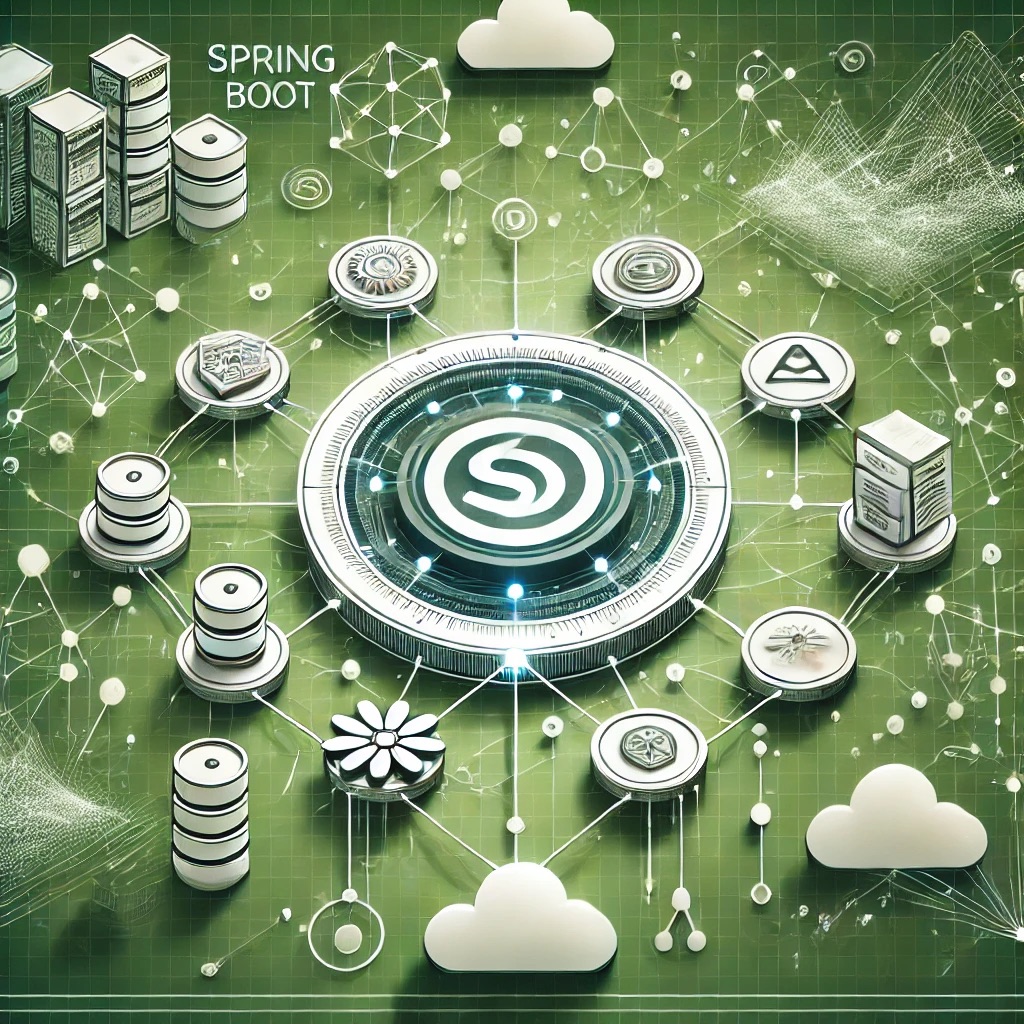Understanding DigitalOcean's Cloud Stack
Droplets, VPC, and Floating IPs
DigitalOcean droplets are virtual machines deployed in isolated VPCs. Each VPC enables internal networking, but lack of clarity around ingress rules and misconfigured firewall policies often results in unresponsive applications or SSH lockouts. Floating IPs add external accessibility but are prone to race conditions during failover without proper health checks and droplet monitoring.
Managed Services and Vendor Lock-in Risks
Services like Managed Databases, Kubernetes (DOKS), and App Platform abstract operational complexity, but debugging these layers requires understanding how they interact with internal DigitalOcean orchestration. Vendor-specific constraints may also restrict fallback strategies in disaster recovery scenarios.
Common Issues in DigitalOcean Environments
1. Droplet Networking Failures
Sudden inaccessibility of droplets (e.g., SSH timeouts or dropped pings) often traces back to:
- Misconfigured cloud firewalls or VPC rules
- Incorrect
/etc/network/interfacesafter manual edits - Service failures in
networkdornetplanduring reboots
2. DNS Resolution Delays
Domains hosted on DigitalOcean DNS sometimes suffer from propagation delays or TTL mismatches between primary and secondary name servers. Inconsistent record updates may result in users hitting stale IP addresses or failing LetsEncrypt renewals.
// Use dig to verify propagation dig yourdomain.com +short dig @ns1.digitalocean.com yourdomain.com
3. Persistent Volume Mount Failures in DOKS
In Kubernetes clusters, PersistentVolumeClaim failures are frequently due to:
- Orphaned volumes after node rotation
- Incorrect storage class references
- Delayed volume attachment due to rate limits
4. Slow Response on App Platform
Apps deployed via App Platform can exhibit cold start delays or inconsistent scaling behavior. Causes include:
- Insufficient CPU/RAM tiers
- High image pull latency from private registries
- Improper health checks preventing new instance warm-up
5. Unexpected Billing Spikes
Unmonitored volumes, snapshot accumulation, or load balancer overuse can silently drive up bills. There is no default budget cap or alert in place unless configured via Monitoring + Billing APIs.
Diagnostics and Debugging Methods
1. Droplet Serial Console
When SSH access is broken, use the DigitalOcean Console to access the droplet via serial terminal. This is essential for recovering from firewall lockouts or boot errors.
2. Networking Logs and Packet Capture
Enable tcpdump on affected droplets to trace packet loss or blocked traffic at the firewall or interface level:
sudo tcpdump -i eth0 port 22 or port 443
3. Kubernetes Describe and Logs
kubectl describe pod your-app kubectl logs your-app --previous
These commands help surface hidden issues like readiness probe failures or node affinity problems in DOKS.
4. API-Based Monitoring
Use the DigitalOcean Monitoring API to programmatically check droplet CPU, memory, and disk metrics. Alerts can be configured via webhooks or integrations like Slack.
Step-by-Step Fix: Resolving DNS Propagation Issues
1. Verify All Name Servers
Ensure all authoritative name servers return the same record:
dig @ns1.digitalocean.com yourdomain.com dig @ns2.digitalocean.com yourdomain.com
2. Adjust TTL Values
Lower TTL during migration to 300s to reduce stale cache retention.
3. Validate Record Types and Syntax
Incorrect CNAME or trailing dots often invalidate records. Use the web UI or API to inspect active zones.
4. Force Certificate Renewal
certbot renew --force-renewal
This helps reset DNS-01 challenges that previously failed due to stale DNS data.
Best Practices for Long-Term Stability
- Use infrastructure-as-code tools (Terraform, Pulumi) for reproducible cloud setups
- Limit direct droplet edits; prefer Managed services or automation pipelines
- Enable Monitoring and set budget alerts through the DigitalOcean API
- Regularly rotate and verify SSH keys and API tokens
- Backup volumes and databases offsite or to third-party storage (e.g., S3)
Conclusion
DigitalOcean excels at simplicity, but production-grade deployments require proactive governance and observability. By understanding the nuances of networking, managed services, and internal APIs, teams can prevent downtime, maintain cost control, and build fault-tolerant cloud-native systems. When used correctly, DigitalOcean scales well with growing workloads without sacrificing its developer-first ethos.
FAQs
1. Why is my droplet not accessible after reboot?
Custom firewall rules, changed SSH port, or broken network configs (netplan) can block access. Use the Console to rollback changes or reset configs.
2. Can I use static IPs with DOKS?
Yes, via LoadBalancer services backed by reserved Floating IPs, but you'll need to manually associate and manage failover logic.
3. How do I prevent snapshot accumulation?
Use automation scripts to delete snapshots older than X days. Unused snapshots continue incurring charges unless explicitly removed.
4. Why does my App Platform deployment fail with "Health check failed"?
Check that your application binds to the correct port and responds to HTTP requests at the health endpoint within 10s. Logs will show readiness status.
5. How can I automate resource cleanup?
Use the DigitalOcean API or Terraform to destroy unused resources on schedule, including volumes, droplets, and domain records.



